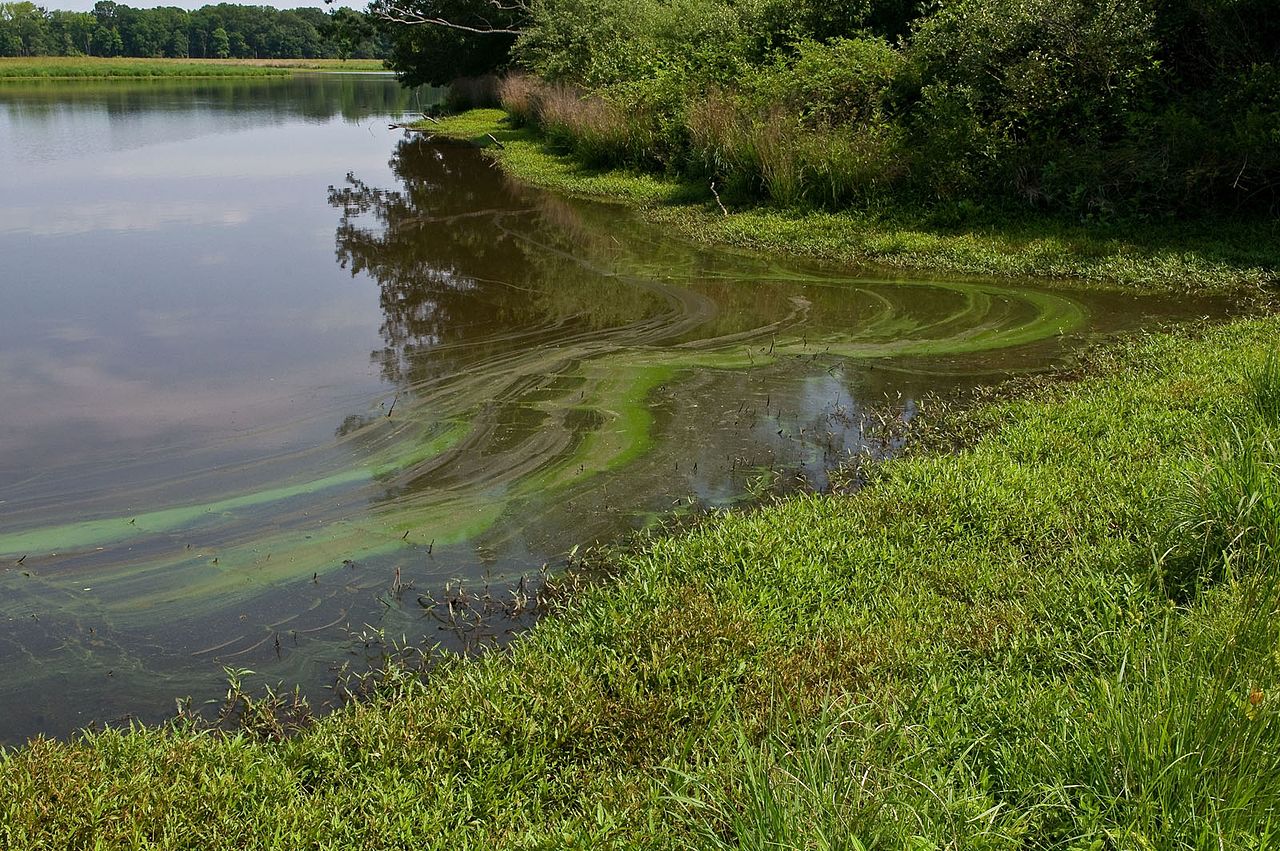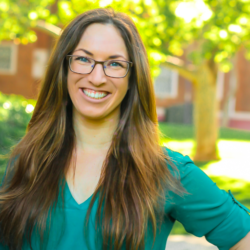
Every summer, rivers, lakes, and streams across California experience an outbreak in algae blooms, which are often toxic, make people sick, and are deadly for dogs. This past month alone, California has issued over 50 advisories for harmful algal blooms in rivers and lakes – warning visitors not to come in contact with certain waterways across the state.
What causes an outbreak of a harmful algal bloom (HAB)? Low summer flows and stagnant water threaten the fish and wildlife that rely on our rivers, intensifies water pollution, and exacerbates HABs in our waters. Nutrient pollution (such as nitrogen, phosphorus, and ammonia) also exacerbates these deadly blooms, and is one of the most widespread, costly and challenging environmental problems we face. Too much nitrogen and phosphorus – among chemicals from toxic pesticides and fertilizers – wash into our waterways from agricultural fields and manure, causing algae to grow faster and become more toxic.
California Waterkeepers love our rivers, lakes, and coast – and we want everyone to enjoy California’s waters without getting sick this summer. We’ve collected tips and resources to promote Healthy Water Habits to keep your family and pets safe:
- Follow all instructions on posted advisories.
- When in doubt, stay out (Avoid algae and scum in the water and on shore).
- Don’t let your children near – or your dog drink or swim in – water if it is slimy, looks like foam, scum or mats on the surface of the water, the color is weird (blue, bright green, brown, or red), or if the water stinks. (Some, but not all HABs produce a nauseating smell).
- If you think there is a HAB is present, avoid areas downwind of the bloom, and avoiding being near activities that kick up spray, such as boating at higher speeds, water skiing, or splashing to prevent breathing in the harmful bloom.
- Don’t drink the water or use it for cooking.
- Wash yourself, your family, and your pets with clean water after playing in any river or stream.
- If you catch fish, throw away guts and clean fillets with tap water or bottled water before cooking.
- Avoid eating shellfish if you think a HAB is present.
- If you suspect there is a HAB at a river, lake, or beach near you, report any suspected HAB or potential HAB-related illness to prevent others from getting sick.
Healthy rivers depend on healthy flows of water. CCKA is working hard to protect our rivers and the flows that are needed for our river ecosystems to thrive by promoting water recycling, stormwater capture, and water efficiency – in turn, creating environmentally-sound, cost-effective, and resilient water supplies that reduce the strain on our rivers. We’re also holding polluters accountable and working hard to promote sustainable agricultural practices to prevent nutrient pollution from contaminating the waters we swim, drink, and fish.
Join us in taking action in and around your own home to reduce the strain on our rivers, improve flows for fish, and reduce harmful algal blooms from tainting our rivers, lakes, and beaches.

Policy Manager Kaitlyn Kalua represents CCKA and its member Waterkeepers in state regulatory and legislative forums to advance statewide water policy.



